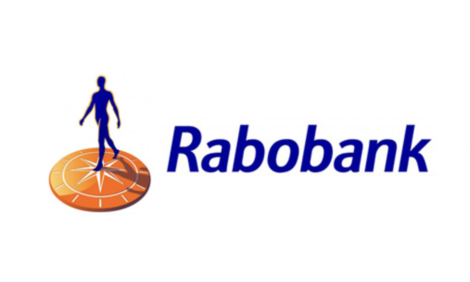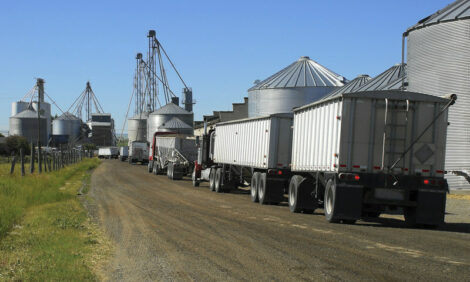|
Need a Product or service?
|
|
The study's results show that low hog returns are placing considerable hardship on producers and their suppliers, particularly the feed manufacturing sector, says Jack Moerman, Vice Chair of Alberta Pork. This could inhibit further investment in Alberta and limit Alberta pork producers' ability to compete.
"Each pig marketed since July 15, 2002, has represented a considerable loss for pork producers," says Moerman, a Redwater, Alta., producer. "Average weekly losses to the industry are $2.16 million and losses per hog have averaged $41.65. These findings illustrate the crisis in our industry."
The study, completed by Toma and Bouma Management Consultants, is part of Alberta Pork's ongoing analysis of industry competitiveness. The Alberta pork industry last experienced a significant market price drop in 1998 and early 1999. Total loss at that time was estimated to be almost $65 million over a nine-month period. Moerman says the current situation is even more serious.
"Alberta pork producers just came through a third straight year of drought and they're not emerging unscathed," says Moerman. "The drought has driven feed costs up and required significant feed imports, which have subsequently led to lower returns for Alberta producers. In some cases, not only are producers not making profit, they're not even able to cover the basic costs of production."
Feed is the major cost in pork production. That's why high feed grain prices, brought about by ongoing drought, have such a serious impact on producers. At present, in Alberta, feed costs are the highest in North America.
"During five of the 36 weeks included in the analysis, returns per hog were not even enough to cover feed costs," says Moerman. "The rest of the time, producers may have covered their feed costs, but in many cases, were unable to cover the other costs associated with hog production, such as labour and utilities."
On a larger scale, the current industry crisis is seriously diminishing the ability of Alberta producers to compete as cost competitive suppliers of hogs, he says. Other provinces, such as Saskatchewan, have programs that provide interest-at-prime financing, in some cases as much as $50 per hog. Quebec also provides considerable financial support to its producers and producers in the mid-west U.S. have access to significantly cheaper feed grains.
"On the basis of market forces alone, we're confident that Alberta pork producers would be competitive with producers in any region of Canada and the U.S.," says Moerman. "Unfortunately, because of the drought and the added support producers elsewhere are receiving, it's more than market forces at work here."
With the uncertainty of when a price improvement might occur, and the possibility that drought effects may continue in the current year, pork producer prosperity is unlikely to happen in the coming months, says Moerman.
Source: Alberta Pork - 11 April 2003



















